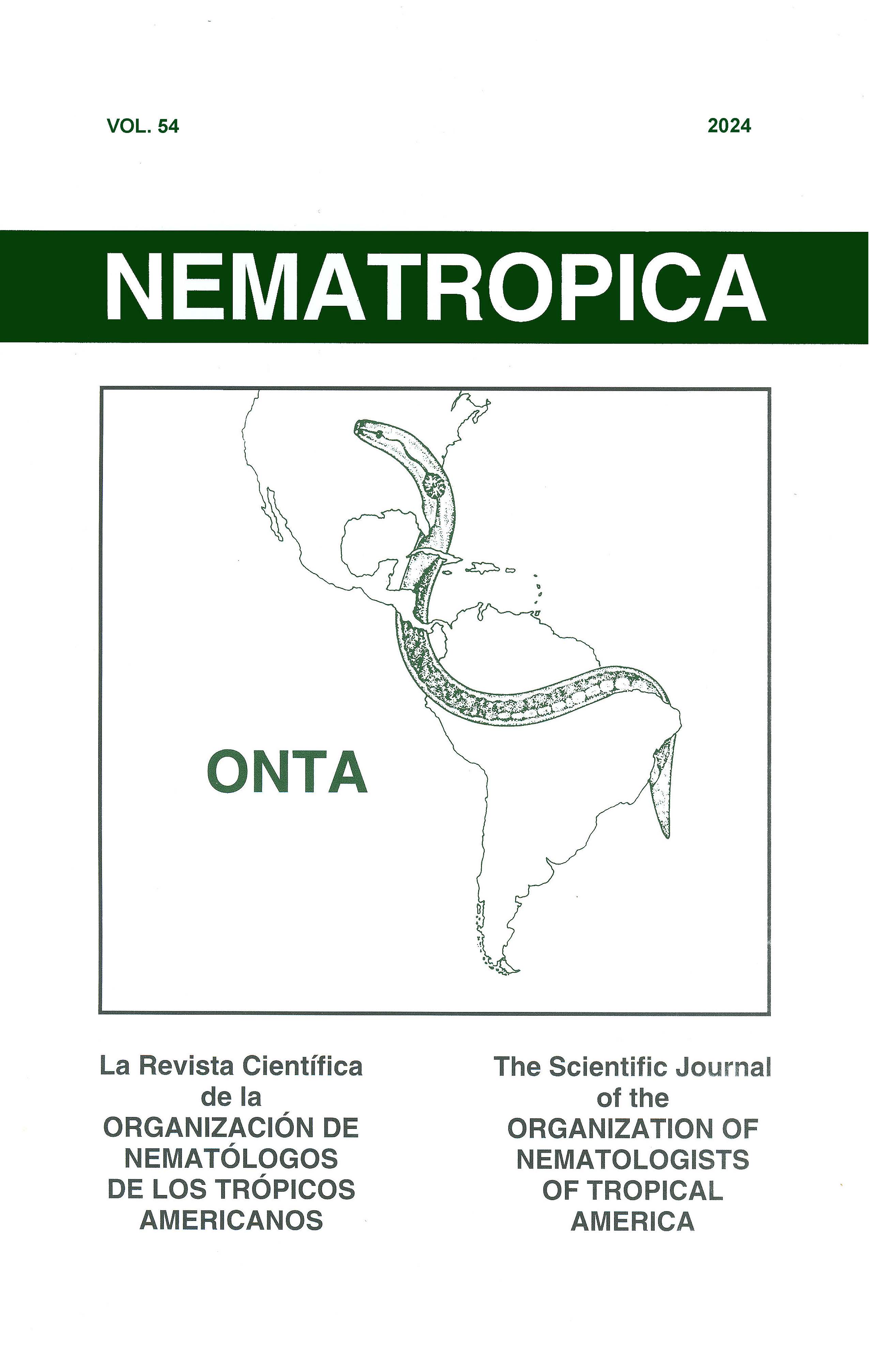MORPHOLOGICAL AND MOLECULAR CHARACTERIZATION OF RING NEMATODES (NEMATODA: CRICONEMATIDAE) FROM COSTA RICA: TWO NEW SPECIES DESCRIBED
Resumen
Plant-parasitic nematodes cause significant economic impact on agricultural crops. Among these, the members of the Criconematidae, ring nematodes, are considered as potential pests due to a strong stylet and worldwide distribution. In Costa Rica, there are several reports of ring nematodes associated with different plant species, however, there are no molecular studies of the species present in the country. The aim of this study was to identify nematodes of the Criconematidae family, using morphological and molecular methods to contribute to the knowledge of these organisms. Soil samples were collected from cocoa, sugar cane, grass, and natural areas from five provinces in Costa Rica. A morphological study was conducted using a set of measurements, percentages, and ratios to differentiate ring nematodes species. Molecular analysis included amplification of 28S D2D3 domain, 18S, ITS, and COI regions, which allowed phylogenetic analysis between species identified in this study and those deposited in GenBank. Four species of ring nematodes were identified, including two new species, which are described herein, for the first time in this study. Mesocriconema onoense and Mesocriconema costarricense n. sp. were identified in natural areas, Mesocriconema paraonoense n. sp. in cocoa and sugar cane plantations, and Mesocriconema sphaerocephalum in grass. This research reports the first morphological and molecular characterization of nematodes belonging to the Criconematidae in Costa Rica.

